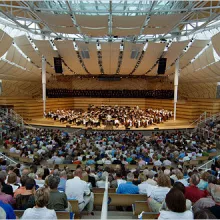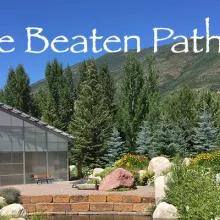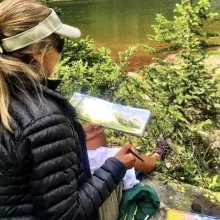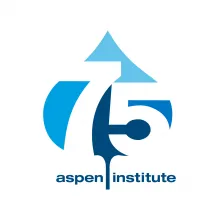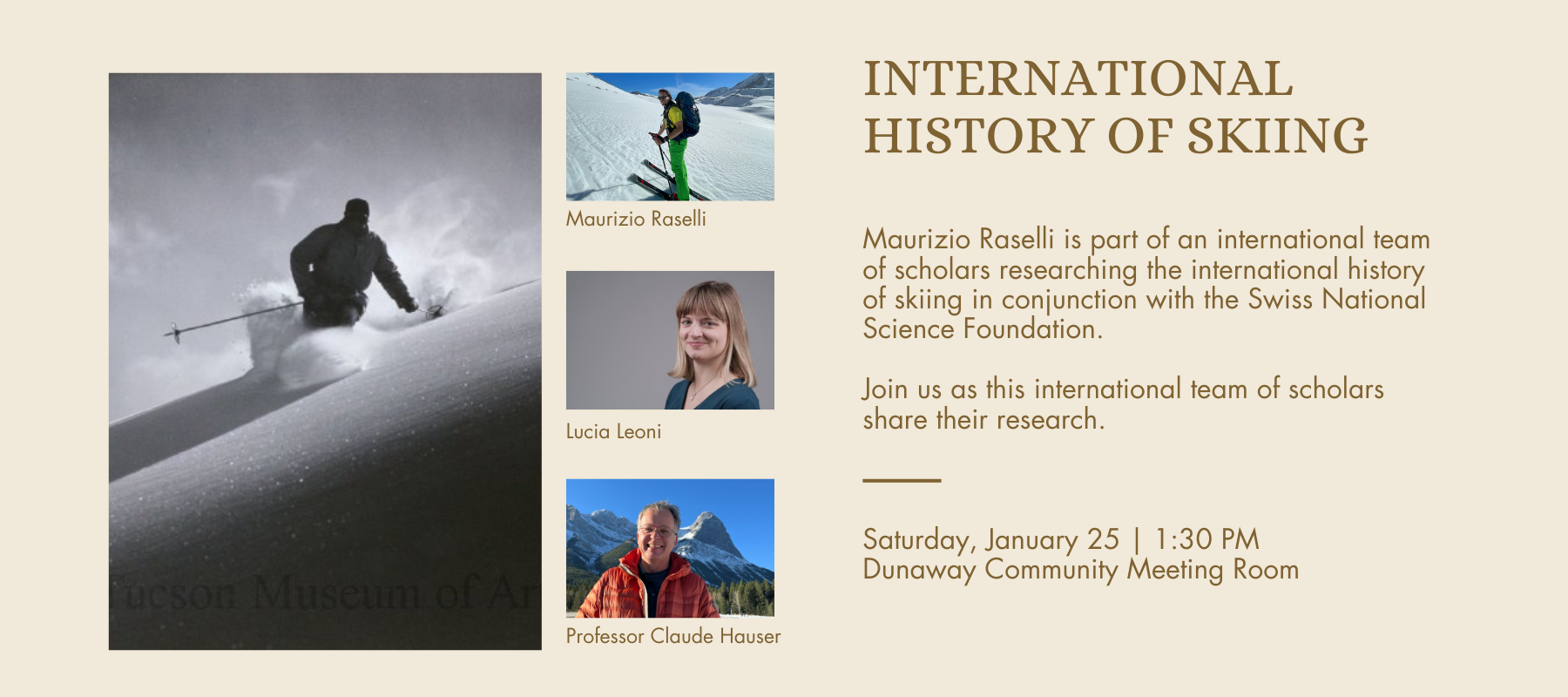
Mountainous regions worldwide are often considered isolated places, where communication rarely occurs and time barely passes. It is true: the challenges in these regions are sometimes bigger than in other places: transportation can be difficult, the climate is often harsh, commerce may be hindered, and crops are not always so fruitful. Yet, sometimes mountainous regions have been able to develop strategies to be able to place themselves on the international scene. For instance, the story of Aspen went from being an almost abandoned mining town into a globally known tourist center. This, for Pitkin County and other regions, was not due to mere chance but rather to various exchanges between regions and individuals.
To find out some aspects of how these exchanges worked and unfoiled in concrete cases is the task of a group at the University of Fribourg, Switzerland, led by Prof. Dr. Claude Hauser. Their project, called “The Globalization of the Alps,” wants to deepen some aspects related to the exchanges between mountainous regions in the world, trying to reconstruct parts of that global network that shaped our mountains in so many ways.
So, during this highly engaging program, Prof. Hauser and Maurizio Raselli, one of his PhD students, will deepen how skiing and mountaineering came to the Rockies. Raselli will focus on Aspen and the role that some Swiss mountaineers played in the town's development in the 1930s. Hauser will focus on our northern neighbors, explaining how, why and when skiing and mountaineering came to the Rockies.
With the development of mountaineering, the people working in the subject also started to spread a certain image of this activity, especially through films presented at festivals. This will be the topic of Lucia Leoni, the other PhD student working under the supervision of Hauser. In her talk, Leoni will focus on how the “mountain man” was constructed visually through film in the Alps and in the Rockies and how it developed and changed throughout the 20th century. Of course, with the construction of the mountain man, one might also ask where the mountain woman is, or who this term encompasses. Does it include minorities or indigenous mountain populations?
An answer to this and many other questions will be given on January 25 at 1:30 pm, in the Dunaway Community Meeting Room.

